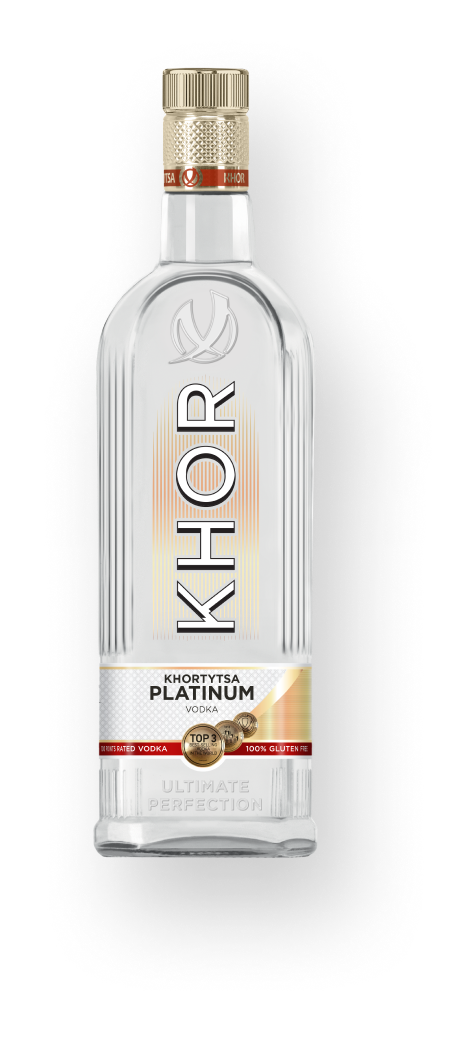What is Vodka Made From
- How is Vodka Made
Sources:
Livescience
To produce vodka, you must first ferment any foodstuff that contains sugar or starch, then distill the product to increase its alcohol content. (Fermentation means feeding sugar to yeast, so that the yeast can produce alcohol.) Today, most vodka is made from fermented grains such as sorghum, corn, rice, rye or wheat, though you can also use potatoes, fruits or even just sugar.
The fermentation step creates a product with only about 16 percent alcohol by volume (ABV) — too low for spirits. Upping that number requires distillation, or heating in a container called a still. Because alcohol boils at a lower temperature than water, you can collect the evaporated alcohol, separating it from the water. Most vodka is 30 to 40 percent ABV. "Rectified spirits," like the American brand Everclear, reach 95 to 96 percent ABV.
The fermentation step creates a product with only about 16 percent alcohol by volume (ABV) — too low for spirits. Upping that number requires distillation, or heating in a container called a still. Because alcohol boils at a lower temperature than water, you can collect the evaporated alcohol, separating it from the water. Most vodka is 30 to 40 percent ABV. "Rectified spirits," like the American brand Everclear, reach 95 to 96 percent ABV.






2nd best-selling vodka in the world. Now in the USA.
VODKA KHOR PLATINUM
ALCOHOL
1.75L | 1L | 0.75L | 0.375L | 0.1L | (3OZ - 59 OZ) VOLUME
AVAILABLE IN
40%

Britannica
Vodka is one of Eastern Europe's most popular beverages. Both Russia and Poland, in particular, are known for their love of the clear, odorless alcohol most often served ice cold. These days, however, vodka's domestic sales have experienced something of a slump in many of its top manufacturing countries, making the export of the spirit that much more important.
Traditionally, vodka is made from grain - rye being the most common - which is combined with water and heated. Yeast is then added to the pulp, initiating fermentation and converting sugars into alcohol. Now the distillation process can begin. Afterwards, the vodka is subjected to a trial by fire to see whether the desired alcohol content is present. It gets the seal of approval if it catches fire. If it doesn't light up, the substance is deemed too weak and distilled yet again. Pure vodka must be free of flavor, which is why it is repeatedly heated into a vapor and distilled. The substance returns to its liquid state when cooled, and then proceeds to be filtered. The finished vodka has an alcohol content of approximately 40 percent. Whereas traditional distilleries only managed to produce a few liters of vodka a day, modern industrial distilleries produce several hundred liters in a single shift. In addition to standard pure vodka, flavored vodkas have gained popularity in today's market. These are made by infusing the pure vodka base with fruits, spices or extracts. No maturation is necessary. The majority of vodka can be bottled and shipped to market straight away.
The few types of vodka that are left to mature do so in oak casks stored underground. This process imbues the spirit with a distinctive character. Still, before it's sold, vodka has to fulfil an entire set of criteria and undergoes continuous and rigorous testing. Once deemed exceptional, the vodka is then hand bottled and sealed. Quality is a top priority and comes before speed. Vodka, after all, has a worldwide reputation to maintain that extends well beyond Poland and Russia's borders.
Traditionally, vodka is made from grain - rye being the most common - which is combined with water and heated. Yeast is then added to the pulp, initiating fermentation and converting sugars into alcohol. Now the distillation process can begin. Afterwards, the vodka is subjected to a trial by fire to see whether the desired alcohol content is present. It gets the seal of approval if it catches fire. If it doesn't light up, the substance is deemed too weak and distilled yet again. Pure vodka must be free of flavor, which is why it is repeatedly heated into a vapor and distilled. The substance returns to its liquid state when cooled, and then proceeds to be filtered. The finished vodka has an alcohol content of approximately 40 percent. Whereas traditional distilleries only managed to produce a few liters of vodka a day, modern industrial distilleries produce several hundred liters in a single shift. In addition to standard pure vodka, flavored vodkas have gained popularity in today's market. These are made by infusing the pure vodka base with fruits, spices or extracts. No maturation is necessary. The majority of vodka can be bottled and shipped to market straight away.
The few types of vodka that are left to mature do so in oak casks stored underground. This process imbues the spirit with a distinctive character. Still, before it's sold, vodka has to fulfil an entire set of criteria and undergoes continuous and rigorous testing. Once deemed exceptional, the vodka is then hand bottled and sealed. Quality is a top priority and comes before speed. Vodka, after all, has a worldwide reputation to maintain that extends well beyond Poland and Russia's borders.
Quora
What is vodka made of? Vodka is made of ethanol (ethyl alcohol) and water.
First, many vodka producers make vodka buy buying ethanol and adding distilled water. Large agribusiness firms like Archer Daniels Midlands make ethyl alcohol in huge quantity and sell if by the tank car load (~30,000 gallons / ~113,500 liters)
This begs the question "what is ethyl alcohol made of?" For beverages, ethyl alcohol is mainly produced by fermentation. Yeast (saccharomyces cerevisiae) will convert short chain carbohydrates into ethyl alcohol. Traditionally, vodka was made from the cheapest possible ingredients - potatoes or other root vegetables, or from the grain left over from last year's harvest, or fruits and vegetables that can't be sold for whatever reason (too ripe for example). It can also be made from grapes, bread, and milk. Recently, people have been making vodka from very high quality ingredients in order to influence taste.
Classically, vodka was made by multiple distillation in a pot still, pot stills giving a great deal of control over flavor. In modern times, vodka is usually made in column stills which efficiently strip all impurities and all traces of flavor from the alcohol.
In the United States, by law, vodka is colorless, odorless and tasteless. Yes, tasteless. Vodka is very inexpensive to produce - typically it costs less than one dollar US to make a quart of vodka, small scale craft production is, of course, more expensive.
First, many vodka producers make vodka buy buying ethanol and adding distilled water. Large agribusiness firms like Archer Daniels Midlands make ethyl alcohol in huge quantity and sell if by the tank car load (~30,000 gallons / ~113,500 liters)
This begs the question "what is ethyl alcohol made of?" For beverages, ethyl alcohol is mainly produced by fermentation. Yeast (saccharomyces cerevisiae) will convert short chain carbohydrates into ethyl alcohol. Traditionally, vodka was made from the cheapest possible ingredients - potatoes or other root vegetables, or from the grain left over from last year's harvest, or fruits and vegetables that can't be sold for whatever reason (too ripe for example). It can also be made from grapes, bread, and milk. Recently, people have been making vodka from very high quality ingredients in order to influence taste.
Classically, vodka was made by multiple distillation in a pot still, pot stills giving a great deal of control over flavor. In modern times, vodka is usually made in column stills which efficiently strip all impurities and all traces of flavor from the alcohol.
In the United States, by law, vodka is colorless, odorless and tasteless. Yes, tasteless. Vodka is very inexpensive to produce - typically it costs less than one dollar US to make a quart of vodka, small scale craft production is, of course, more expensive.
Madehow
Mash preparation
- 1 The grain or vegetables are loaded into an automatic mash tub. Much like a washing machine, the tub is fitted with agitators that break down the grain as the tub rotates. A ground malt meal is added to promote the conversion of starches to sugar.
- 2 Preventing the growth of bacteria is very important in the manufacture of distilled spirits. First, the mash is sterilized by heating it to the boiling point. Then, it is injected with lactic-acid bacteria to raise the acidity level needed for fermentation. When the desired acidity level is reached, the mash is inoculated once again.
- 3 The mash is poured into large stainless-steel vats. Yeast is added and the vats are closed. Over the next two to four days, enzymes in the yeast convert the sugars in the mash to ethyl alcohol.
- 4 The liquid ethyl alcohol is pumped to stills, stainless steel columns made up of vaporization chambers stacked on top of each other. The alcohol is continuously cycled up and down, and heated with steam, until the vapors are released and condensed. This process also removes impurities. The vapors rise into the upper chambers (still heads) where they are concentrated. The extracted materials flow into the lower chambers and are discarded. Some of the grain residue may be sold as livestock feed.
- 5 The concentrated vapors, or fine spirits, contain 95-100% alcohol. This translates to 190 proof. In order to make it drinkable, water is added to the spirits to decrease the alcohol percentage to 40, and the proof to 80.
- 6 Alcoholic beverages are stored in glass bottles because glass is non-reactive. Other receptacles, such as plastic, would cause a chemical change in the beverage. The bottling procedure is highly mechanized as the bottles are cleaned, filled, capped, sealed, labeled, and loaded into cartons. This can be done at rates as high as 400 bottles per minute.
Wikihow
To make your own vodka, start by heating water, flaked wheat, and crushed wheat malt in a 10-gallon pot to make a wheat mash base. After a couple of hours, cool the mash and let it sit overnight. Then, strain the mash into a food-grade bucket or carboy, and stir some distillers yeast into it to kick off the fermentation process. Once you've added the mash and yeast, attach an airlock to the top of the container so carbon dioxide can get out but oxygen can't get in. When you're finished, siphon off the fermented, alcoholic liquid into a clean container, and leave the yeast sediment behind. Add the alcoholic liquid to a still, then heat it to separate the alcohol and water. Throw away the first distilled liquid, which is toxic and dangerous to drink. After that, collect the rest of the distilled liquid, and test it with an alcometer to see how strong it is. If you'd like, you can distill it a few more times to make your vodka stronger and purer. Finish by filtering the vodka through an activated carbon filter and diluting it with water until it's at your desired strength.
How much does cost to launch your own vodka brand?
If your run size is 10'000 cases, your production costs will fall somewhere between $60'000 and $110'000. Read more in the article of our partners How much does it cost to launch a vodka brand.






2nd best-selling vodka in the world. Now in the USA.
VODKA KHOR PLATINUM
ALCOHOL
1.75L | 1L | 0.75L | 0.375L | 0.1L | (3OZ - 59 OZ) VOLUME
AVAILABLE IN
40%

SHARE THIS ARTICLE:


BEST VODKA COCKTAILS
Few mixed drinks are as easy as the screwdriver. It's an essential drink recipe that everyone should know and one of the best brunch drinks.
SCREWDRIVER
Few mixed drinks are as easy as the screwdriver. It's an essential drink recipe that everyone should know and one of the best brunch drinks.
A Kyiv mule is a cocktail made with vodka, spicy ginger beer, and lime juice.
A Sex on the Beach is an alcoholic cocktail containing vodka, peach schnapps, orange juice and cranberry juice.
The Chocolate Martini is a decadent cocktail that's an ideal night cap.
A cosmopolitan, or informally a cosmo, is a cocktail made with vodka, triple sec, cranberry juice.
The Black Russian is a cocktail of vodka and coffee liqueur. It contains two parts vodka to one part coffee liqueur.
A Bloody Mary is a cocktail containing vodka, tomato juice, and other spices.
The Cape Cod or Cape Codder is a type of cocktail consisting of vodka and cranberry juice.
Few mixed drinks are as easy as the screwdriver. It's an essential drink recipe that everyone should know and one of the best brunch drinks.
A Kyiv mule is a cocktail made with vodka, spicy ginger beer, and lime juice.
A Sex on the Beach is an alcoholic cocktail containing vodka, peach schnapps, orange juice and cranberry juice.
The Chocolate Martini is a decadent cocktail that's an ideal night cap.

SUBSCRIBE FOR NEW RECIPES AND NEWS


© 2025 GSH Trademarks Limited
Khor vodka has a standard alcohol concentration of 40% ABV
Web design, web development and digital marketing by ALCOHOL MARKETING AGENCY
Khor vodka has a standard alcohol concentration of 40% ABV
Web design, web development and digital marketing by ALCOHOL MARKETING AGENCY





